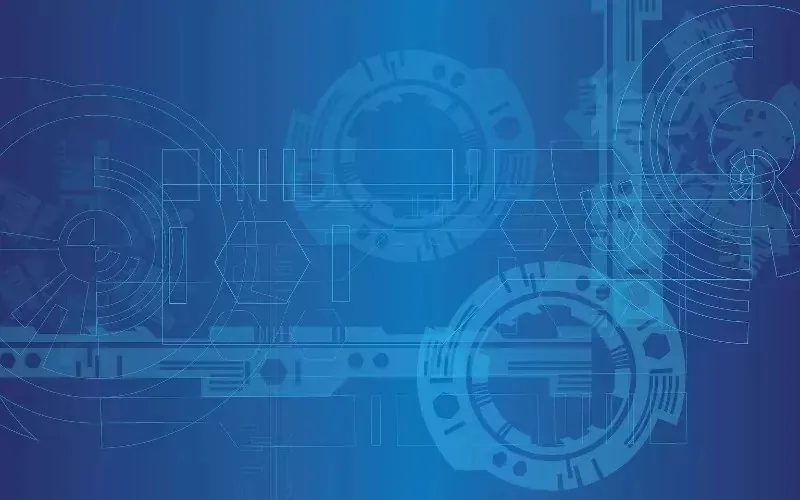Augmented reality (AR) is reshaping how we interact with digital content in everyday life.
From ordering pizza through a social media app to enabling educational insights via clothing, AR is bridging the gap between physical and virtual realities.
Snapchat and Domino’s have collaborated to offer a unique pizza-ordering experience using augmented reality. This innovative campaign allows users to order pizza without leaving the Snapchat app, enhancing convenience and engagement.
The AR feature displays a floating pizza box, which upon activation, reveals the pizza inside and enables a direct order placement. Participating brands gain access to Snapchat’s vast audience, promising potential high returns on investment.
Curiscope’s Virtuali-Tee offers a novel way to learn about the human body through augmented reality, making education interactive and engaging.
By using a smartphone, users can view an AR depiction of their internal organs on the shirt, which now includes a heart rate tracker. This technology serves as a powerful educational tool, showing children how exercise affects their heart rate.
The classic game Snake is reinvented for the AR era, capturing modern audiences’ attention through interactive play.
HMD Global has developed two versions for Facebook users, ‘Snake Mask’ and ‘Snake Real World’, utilising AR to provide an immersive gaming experience.
By overlaying the game in the real world, players can enjoy a nostalgic yet innovative version of Snake, bridging old and new gaming paradigms.
Kineticards introduces a creative twist to traditional greeting cards by incorporating augmented reality technology.
For a modest price, users can purchase hand-drawn cards that come to life through the Kineticards app. This creates a unique and personalised experience, though it requires app installation.
Despite the need for an app, the concept delivers a stylish and memorable way to send greetings, enhancing the traditional card-giving experience.
Google Glass is witnessing a resurgence as a therapeutic tool for children with autism, harnessing facial recognition to aid social development.
This technology helps children identify emotions, improving their ability to navigate social interactions. Research shows significant enhancement in social skills post-therapy, offering new avenues for autism treatment.
Although still in its early stages, Google Glass represents a promising innovation in therapy, potentially revolutionising the approach to developmental disorders.
Augmented reality is rapidly transforming everyday experiences, offering enhanced interaction across various sectors.
Its integration into applications like social media, education, gaming, and therapy highlights the broad potential of AR technology.


